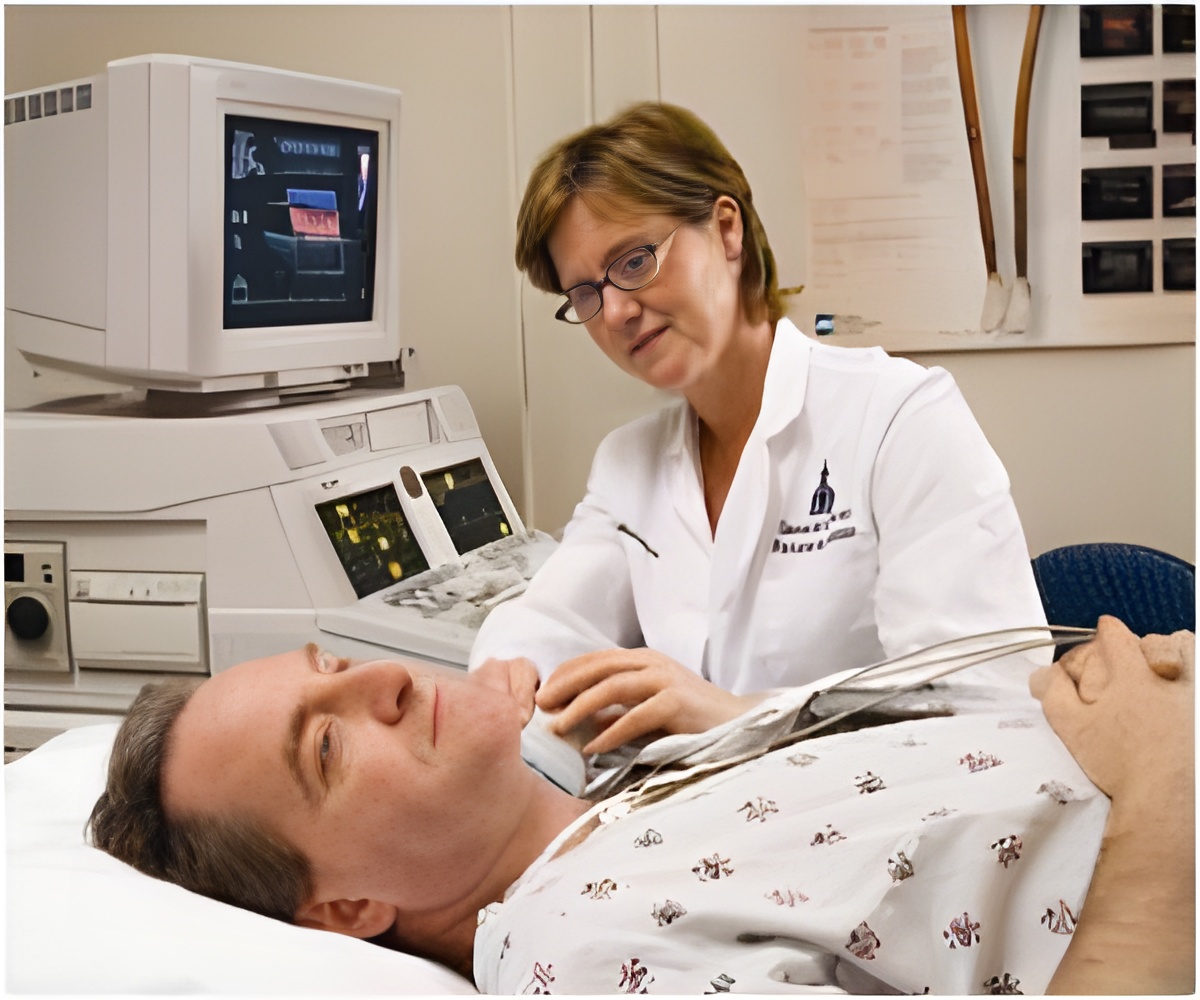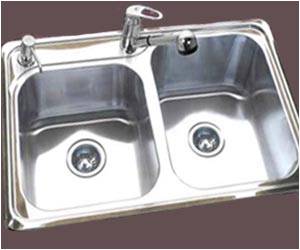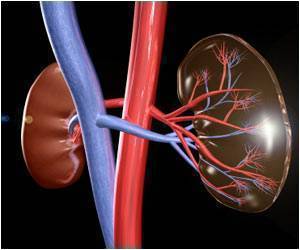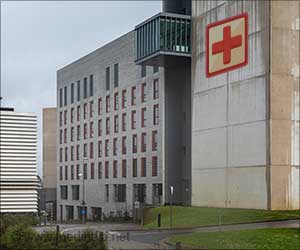
‘Increase in U.S. health care spending was not only related to the increase in prices for health care services but also to population growth and aging.’
Tweet it Now
The changes in five factors (population size, population aging, disease prevalence or incidence, service utilization, or service price) related to health care spending (exposure); changes in health care spending in the United States from 1996 to 2013 (outcome).The data on the five factors for 155 health conditions and six types of care (ambulatory, inpatient, prescriptions acquired in retail settings, nursing facility, emergency departments and dental care) were collected and analyzed from the Global Burden of Disease 2015 study and the Institute for Health Metrics and Evaluation's U.S. Disease Expenditure 2013 project.
The authors of this study were Joseph L. Dieleman, Ph.D., of the Institute for Health Metrics and Evaluation, Seattle, and coauthors.
The results showed that after adjustments for price inflation, annual health care spending on the six types of care increased from $1.2 trillion to $2.1 trillion between 1996 and 2013 with contributions as follows:
Spending estimates were not separated by payer; data on spending and disease were captured only at the national level.
Advertisement
Understanding the factors that affect spending and how they vary across health conditions and types of care may inform policy efforts to contain health care spending.
Advertisement
Source-Eurekalert











